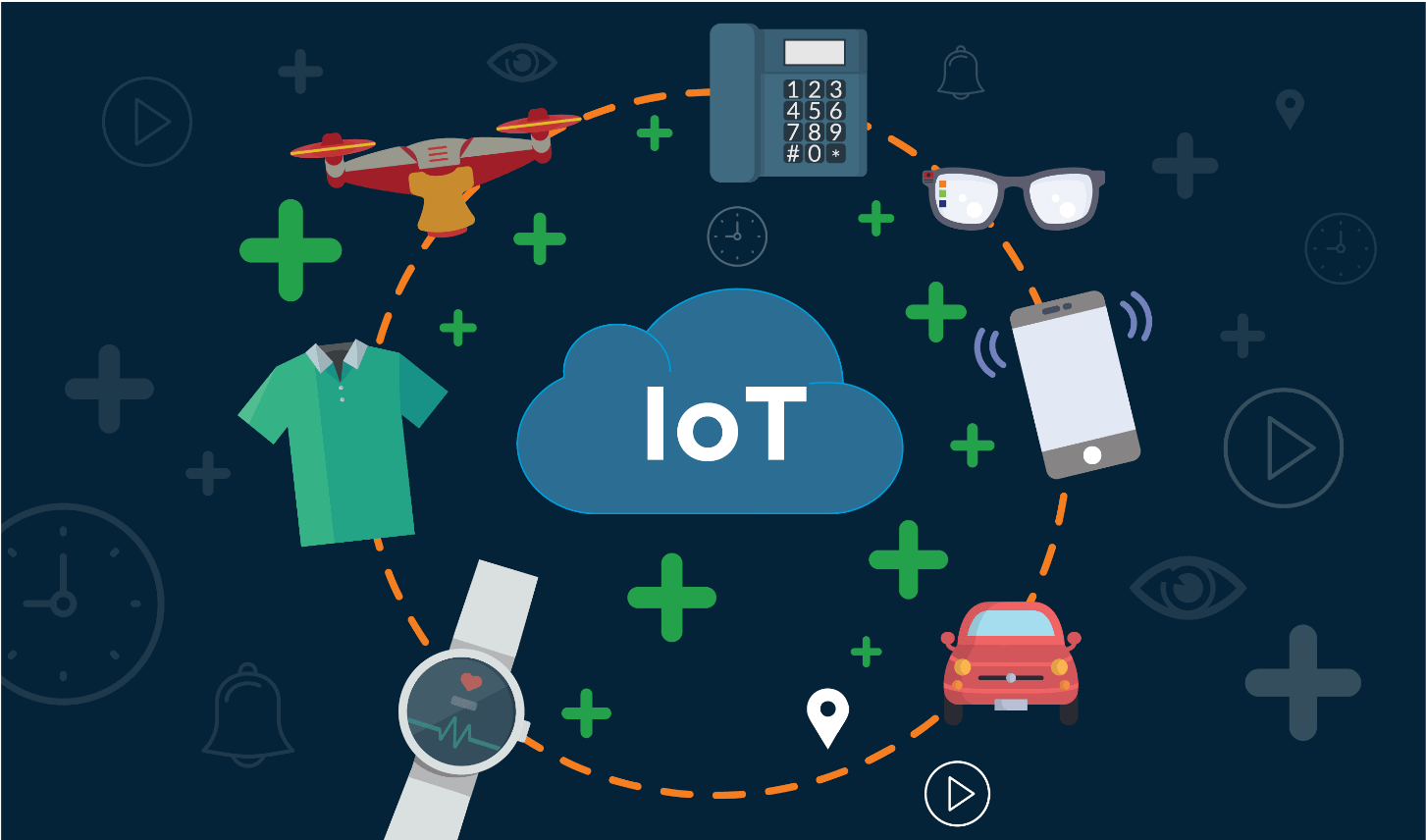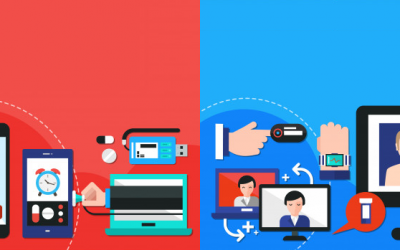Author: İlhami KIVRAK, SW Engineer – Embedded Systems
We are evolving into the world of smart objects… The Internet of Things (IoT) is connecting the billions of everyday appliances to provide a better, smarter world. Most of the IoT devices use the Internet Protocol (IP) to provide functionality and information. The Voice over IP (VoIP) business is intersecting with the IoT on this point and it has a great interest to integrate the IoT to its applications. The way VoIP works is about to fundamentally change both at home and in the office in a smarter way.
The VoIP has a great knowledge to transmit information from a point to another in a secure, reliable way. It does not only include basic telephony features such as voice/video calling, messaging, faxing, etc., but also enhanced application level support like http, email, calendaring, and control features like door intercom system support and hardware support for third party devices, Bluetooth, NFC, etc.
How can the VoIP contribute to IoT?
VoIP technology can increase the connectivity of devices within the home and office environment. Not all IoT devices use IP to communicate, mostly because IP has large overhead in aspects of amount of data, power consumption and hardware limit which are critical for the low power, lightweight devices. The more data being transferred means the more power the IoT devices use. This resulted in variety of protocols to shrink the data size in all levels of communication, infrastructure (6LowPAN, RPL), identification (EPC, URI), transportation (Wi-Fi, Bluetooth, Z-Wave), data protocols (MQQT, CoAP), etc. Consequently, some of the IoT devices which cannot run IP stack especially the non-Wi-Fi hardware that uses Bluetooth Smart, Z-Wave, ZigBee, etc., needs to connect to the internet via IoT gateways. The VoIP phones are right up for the IoT gateways’ alley!

IoT data transmission would be trivial using VoIP. The most prominent standard of VoIP, the Session Initiation Protocol (SIP), would enable deploying the collected IoT data to the cloud services. Forming the main backbone of the VoIP systems, the goal of the SIP is to provide signaling and call setup over the IP network [1]. SIP has the flexibility to transfer the collected data from the IoT sensors since it already has extension protocols to transfer custom requests and events. IoT can also use the connections that have been already set up by the VoIP systems.
VoIP phone is a suitable candidate to be an IoT interface. Recent VoIP systems use high level applications inside and it is easy to integrate IoT services and controls into VoIP phones. Most of the phones have already programmable keys for the user. So, rather than using a web browser or a smartphone, customers can assign specific controls and requests to a key of the phone placed on their desk at arm distance.
VoIP in IoT World
It is obvious that we could benefit more from the VoIP systems by conjoining with IoT platforms. Most of the VoIP phones have ability to run script based third party applications inside and it is possible to get and display the information from the cloud. For example, blind people can get information about their home and control home devices using only telephone keypad [2]. The system can also be configured for the home security and safety so that on emergency event the system auto-dial a phone number and play a voice message [2] which VoIP systems already employ.
IoT enabled VoIP phones can provide location information for the users carrying a beacon. Especially the desk phones standing in a specific location can detect a man’s or woman’s location in a hospital or an office using a Bluetooth beacon. This information can be used to lock a phone or alert the system if someone approaches or moves away.
Conclusion
By merging the IoT and the VoIP technologies, businesses can integrate everyday tasks, improve the mobility, and combine the cloud services into the single unit while allowing customers to focus on their business. According to the IDC, “Internet of Things Ecosystem and Trends” continues to see broad interest and momentum, with an expected market size of $1.5 trillion in 2020 [3]. VoIP phones, suitable candidate for being an IoT hub and interface with its capabilities should take its place in market in the next future. In order to achieve this, IoT’s roles within the VoIP systems should be standardized and actions need be taken by the VoIP manufacturers as soon as possible.
References
1.) Bur Goode. Voice over internet protocol (VoIP). Proceedings of the IEEE, 90.9 (2002) 1495-1517.
2.) Ghannam Aljabari. Integrating VoIP Systems with The Internet of Things
3.) https://www.idc.com/getdoc.jsp?containerId=IDC_P24793



